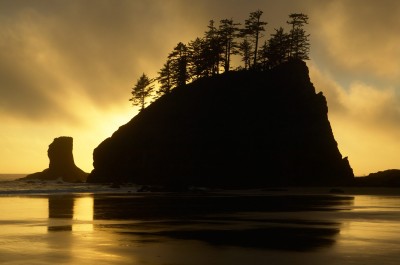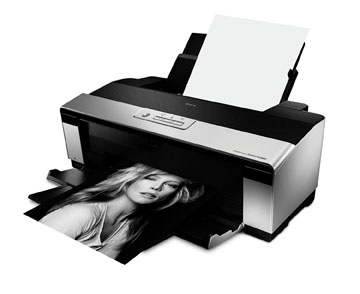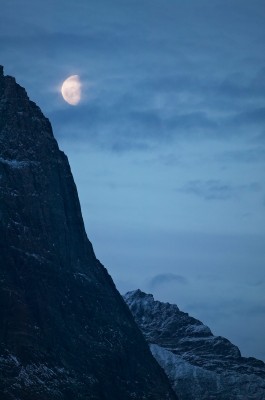The Tuesday Composition: Blacks, Shadows and Silhouettes
If you like this article, you can now get the book! Joe has expanded the “Tuesday Composition” series into an inspiring new ebook on composition, especially for nature photography. Check it out: The Tuesday Composition.
Two weeks back we looked at how our eyes tend to behave around photographic highlights. This week we’ll spend a little time looking at the flip side of that coin, dark areas in an image.
Silhouettes provide the clearest examples. Much as our eyes seem to want to dwell in highlights, our eyes avoid dwelling in the blacks of featureless silhouettes. I believe that this is one of the reasons that in general, (and I once again must remind you that all of these compositional “rules” are really statements about what tends to happen, not what always happen, not what must happen) we don’t find featureless black areas problematic in color photographs nearly so often as we find blown, featureless highlights.
The featureless black of silhouettes seems to push the eye to the edges of the object being silhouetted, where our eyes will will tend to trace along the edges of the silhouette, emphasizing the shape of that object. Thus the studio lighting maxim, “front-lighting for color, side-lighting for texture, back-lighting for form.” (more…)




